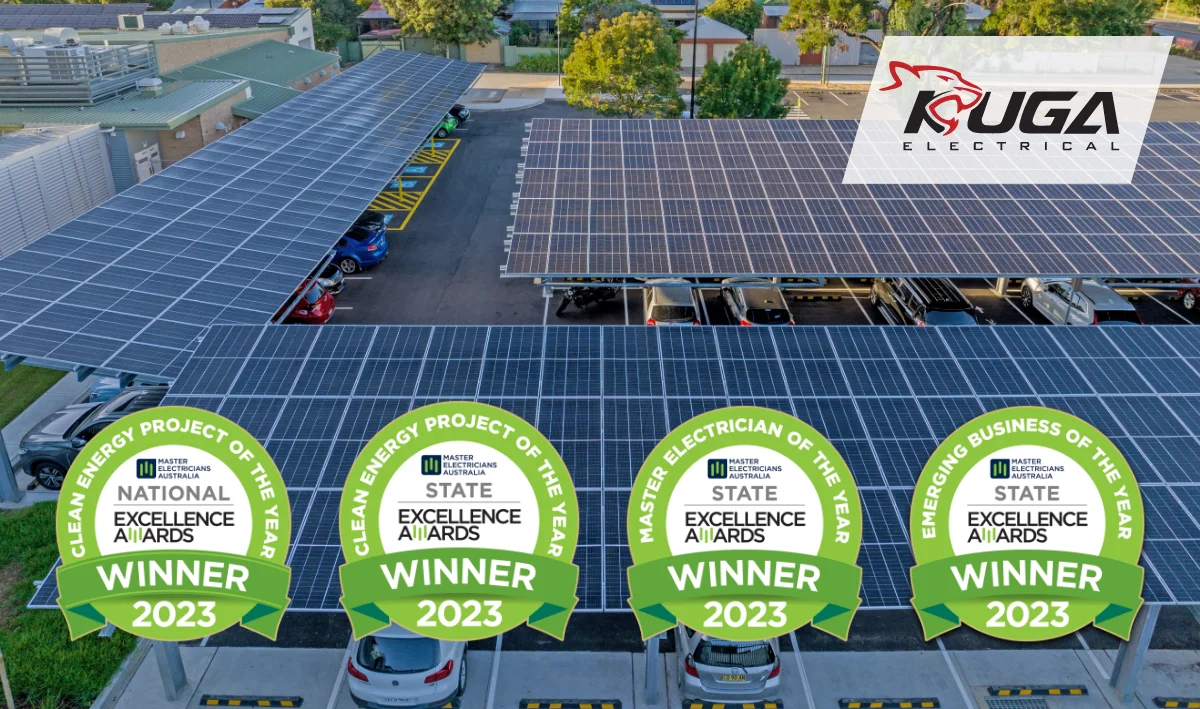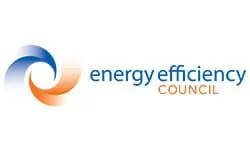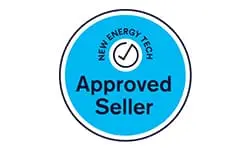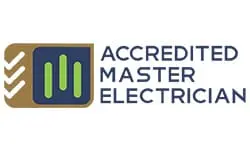There isn’t a business today that doesn’t rely on an available stream of electricity to conduct their operations and provide their products or services. By extension, each business will have to factor in electricity bills to their ongoing operating expenses, which when broken down, could be used to make an investment in a commercial solar system.
The benefits and systems are similar to those on residential properties, simply differing in size, as commercial panels can go bigger and are not exclusive to roofs. Also, while most homes will generate most of their demand for energy in the morning and evenings, businesses will typically call for it between 9 am to 5 pm, maximising the movement of the sun throughout the day. Each kWh of system-generated energy is then a kWh your business no longer needs to buy.
To help you make a more informed commercial solar investment, we have compiled a comprehensive commercial solar buying guide that details the potential options available for your business.
Commercial System Sizes
The size of your premises and your energy demand are going to be defining factors in your commercial solar investment. For reference, the average size of a residential solar system is 6.6kW, which is equivalent to about 18 panels.
1. <30kW
A 30kW system or less can generate an annual average of 120 kWh of electricity. This system size uses similar hardware and grid connection rules with residential systems. Given the energy demands of businesses, however, particularly in office spaces, with air conditioning, heating, lighting, technology, and even kitchen equipment to power, it is likely that, unless you have a small operation, this will not be sufficient to meet ongoing needs.
2. 30-100kW
The grid will need unique protection systems from their generated electricity for this size. It also requires special permission to connect to the grid, which you can request from your local electricity network, or Distributed Network Service Provider (DNSP). The enterprises that are utilising solar systems within this range are local clubs, medium-sized office buildings, and small retail businesses, with the potential of 80 to 100 panels required.
3. >100kW
Going over 100 kW means losing eligibility to STC (short-time compensation) claims. Instead, you will be receiving an LGC (large-scale generation certificates) subsidy paid annually based on the amount of energy generated by the system. You will be required to install a special meter from which you will gather your report for claiming your rebate. Typical businesses using this system are large offices, small to medium factories, hotels, and wineries, and can have up to 400 panels installed on their premises.
4. >250kW
Typical applications for these systems are shopping centres, large factories, and solar farms. This large-scale installation requires the expertise of specialists for the specific engineering provisions of such commercial systems.
Commercial Solar Costs and Returns
An efficient <30kW commercial solar system can cost approximately $700 per kW as they require less protection and engineering costs. Meanwhile, the 30-100kW range can go around $1000-$1300 per kW installed. Microinverters or optimisers might increase your final cost up to 15-20% compared to string or inverter systems.
Payment options are often available, with upfront being more lucrative for a commercial solar investment between 30-100kW, paired with the STC. Once the project climbs over 100kW, however, financing is the preferred option. Naturally, these are offset by the guaranteed savings on ongoing energy bills.
STCs and LGCs
As mentioned above, <100kW systems are eligible for STCs, while systems higher than that receive LGCs. The main difference between these certificates is the payment schemes. Where STCs are paid in refund form, LGCs are a recurring payment plan.
The calculation for STCs involves the size of the system alongside the ‘when and where’ of the installation. Your solar installer can claim your STC on your behalf for its financial value, deducting the amount from your final invoice.
LGCs requires the business registration as an ‘accredited power station’ with the Clean Energy Regulator. To receive your LGC entitlements, you’ll have to report continuously. A reliable solar company can help you with this.
Monitoring and Maintenance for Commercial Solar Systems
It’s essential to ensure that your commercial solar system can monitor both solar energy generation and electricity consumption. Without this combination, you won’t be well informed with your post-solar bills and might end up wasting more than what you’re saving.
We recommend assigning a person within your organisation to take charge of monitoring your system’s generation on a weekly basis.
You can tell that your system has a reliable monitoring solution if you can use it to check your gross consumption. It means that you’re able to view the before and after solar benefits of your business at any hour.
For maintenance, it’s best to adopt a schedule from your installer as required by the Commission for Environmental Cooperation (CEC). Larger commercial systems might require a more tailor-made, comprehensive guide that they can conduct in-house or arrange with a third party.
Note that panel cleaning must also be on a case-to-case basis instead of scheduled. Solar panels might be self-cleaning in general, but some situations may call for manual intervention, especially in high-pollution or dusty areas.
Commercial Solar Investment with an Accredited Solar Retailer in Australia
If your business can afford the sky-high electricity bills that come with running a modern enterprise, then it is likely it can sustain the costs of an efficient commercial solar system.
Having a commercial solar investment is beneficial for your business to save funds, introduce a new asset improving the value of your premises, and practice proper corporate social responsibility. Modern consumers care about a business’ involvement in sustainability and climate change, after all. As you save energy and money for your business, you make your customers (and the planet) happy as well. Moreover, the government provides lucrative incentives to compel businesses to switch to renewable energy.
Now that you’re equipped with the information provided in this commercial solar guide, you’re ready to make a difference with your company’s environmental impact. Kuga Energy delivers cost-saving energy solutions to businesses across Australia. If you’re considering installing commercial solar panels, our team of in-house technicians are ready to assist you every step of the way. Contact us today to start your well-guided journey towards sustainability.













 Get Quote
Get Quote Call Now
Call Now